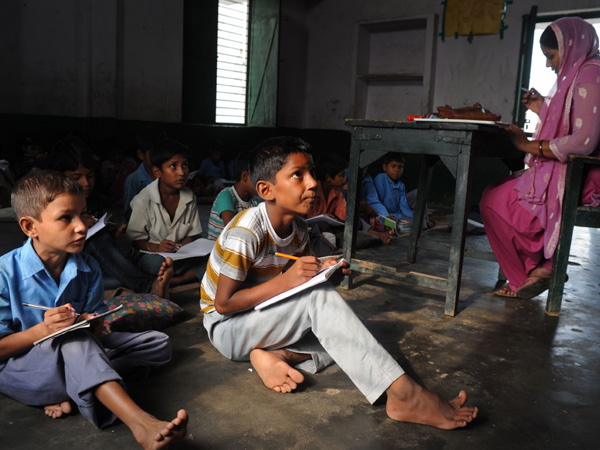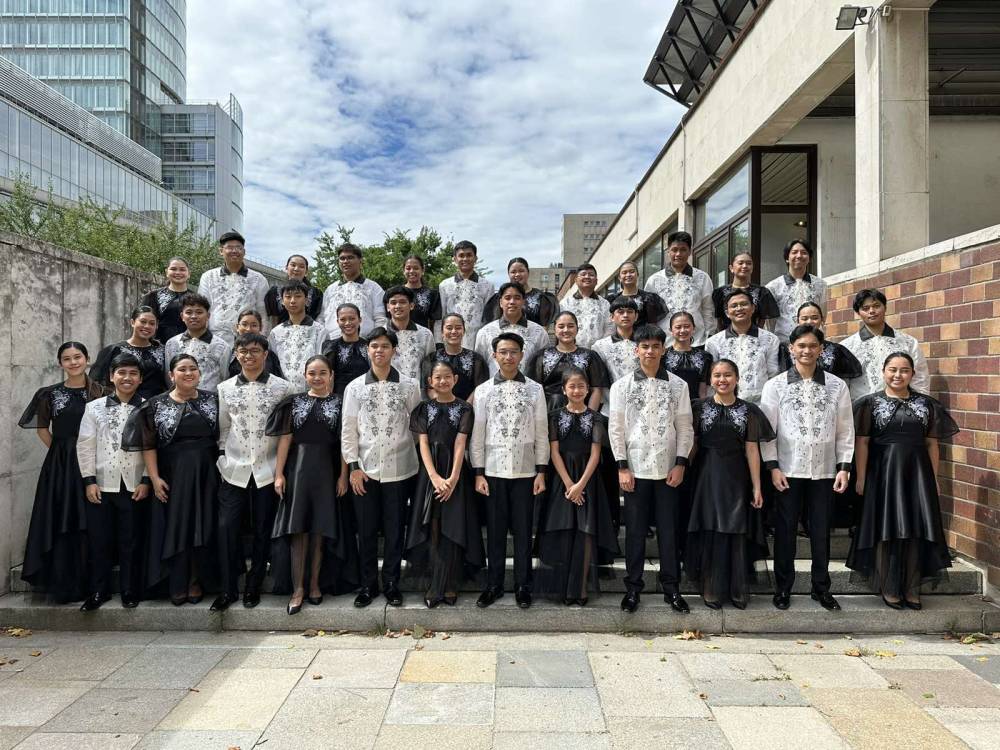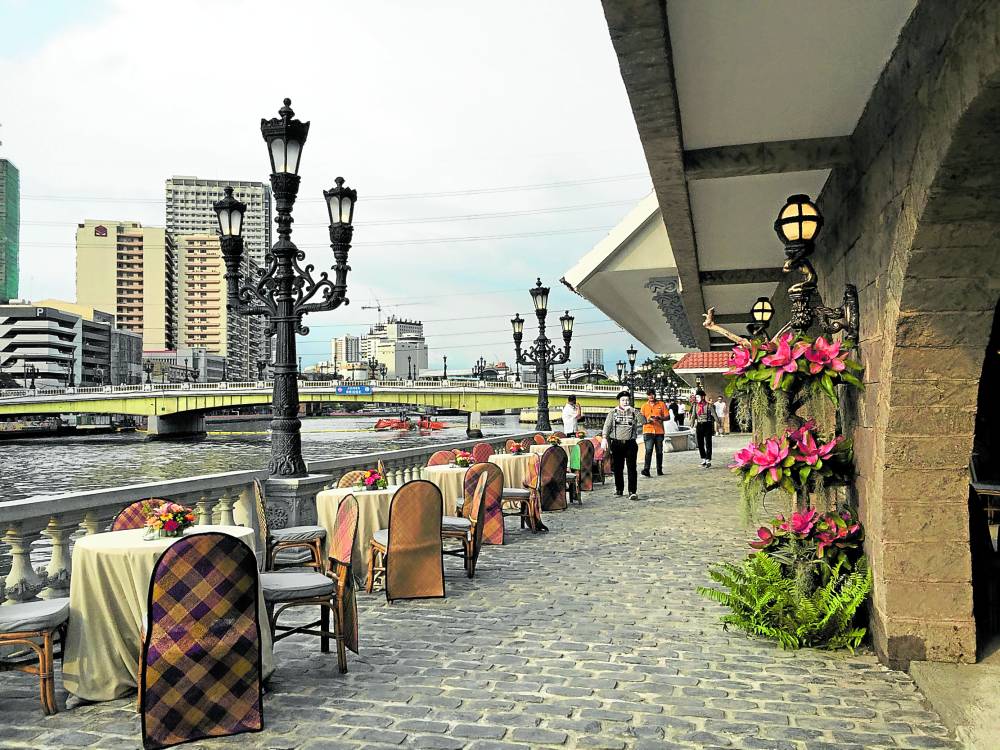
BAGHPAT, India – On any given day in a state primary school in India, up to one in four teachers is missing. The cost for a country that sees its young population as its ticket to superpower status is huge.
In the poor and agricultural district of Baghpat in Uttar Pradesh, a state that is home to nearly 200 million people, or one in six Indians, absences afflict pupils and fellow teachers alike.
One frustrated headmistress showed AFP the register for her staff: two out of seven full-time teachers are routinely away. One has been seen only a handful of times in 2012 due to back-to-back medical and childcare leave.
“There are so many teachers who don’t want to work,” she complained in her simple and dimly lit office, asking not to be named because of the sensitive nature of the information she was sharing.
“The government provides books, uniforms and midday meals to all students for free. They are spending so much, but if teachers are not dedicated then all the money is just being wasted.”
In other schools dotted around the area, about a two-hour drive from New Delhi, teacher shortages due to absences or under-recruitment mean class sizes are often double the recommended level of 30.
A recent scandal in the area saw 77 teachers sacked after an investigation by a local training college revealed they had forged their own school certificates.
Today’s dysfunctional education system is storing up problems for the future, say experts.
“We have this very young population and it has so much potential,” Rukmini Banerji from leading Indian education and research group Pratham told AFP.
“If you want children 10 years from now to have 21st-century basic skills, you’ve got to begin now in grades one and two. If we don’t do this, we are going to lose a unique opportunity.”
— Measuring the absences —
In general, state primary schools in India are “abysmal,” says Karthik Muralidharan, a professor at the University of California and long-time researcher on the Indian system.
His studies on teacher absenteeism, done in conjunction with other academics and the World Bank, provide authoritative figures for the problem because they rely on unannounced visits to schools across the country.
In 2003 a survey found an average of 25 percent of state primary school teachers were absent at any one time. A re-run in 2010 found the figure had improved slightly to 23.7 percent. In Uttar Pradesh, the rate was still more than 30 percent.
Some of the absences are legitimate – sickness, maternity or childcare leave, for example, but an estimated 60 percent are for questionable reasons.
In the worst cases, politically connected teachers take other jobs and pay off school inspectors and continue to collect their salaries.
The overall cost of absent teachers to the government could be as much as 85 billion rupees ($1.5 billion) a year, Karthik estimates in new research which is yet to be published.
The left-leaning government has ploughed billions into education as a pillar of its “inclusive growth” agenda aimed at ensuring the benefits of economic development reach the poor, who rely most heavily on state education.
The prime minister, Manmohan Singh, listed the achievements during his Independence Day speech last month.
A total of 51,000 new schools had been opened and about 700,000 teachers hired in the past two years, Singh said. For the first time, a Right to Education Act guarantees state schooling for children from six to 14.
“Our children are the biggest strength of our country,” he declared.
— A demographic dividend? —
The problem is that genuine improvements in infrastructure and enrolment levels have not yet translated into better skills.
One of India’s most significant characteristics, and something that sets it apart from fellow Asian giant China with its one-child policy, is its huge and growing young population.
It is home to the world’s highest number of children who, in the next few decades, will enter the work force and begin productive labour — something the government and economists refer to as a “demographic dividend.”
This supposed dividend, however, is set to come from the north of the country, the so-called “cow belt” of badly run states with high rates of corruption, malnutrition and illiteracy such as Uttar Pradesh (UP).
The prospect of a demographic disaster – millions of badly educated young people with higher aspirations than their parents who are unable to find jobs – is a danger that looms over the country of 1.2 billion people.
“Where is the demographic dividend? It’s in… states which are lowest down on the ladder on human resource indices,” admitted Kapil Sibal, the education minister, earlier this year.
Pratham conducts an annual survey of rural state primary schools, which finds that after five years of school more than half of children are still unable to read a basic text in their own language.
The results for UP are even worse.
And disturbingly for the government and its spending splurge, the national results show an “alarming” fall in standards year-on-year in 2011 with India already “very poor on an international absolute scale.”
The consequence is a surge in private education. More than 50 percent of primary school pupils in cities are enrolled in fee-charging institutions and 25 percent in rural areas, according to different studies, placing a huge burden on poorer families.
But most continue to attend state schools such as the ones in Baghpat, where the children of agricultural workers and labourers sit on the floor in dimly lit classrooms, learning from a text book that leaves many of them baffled.













































